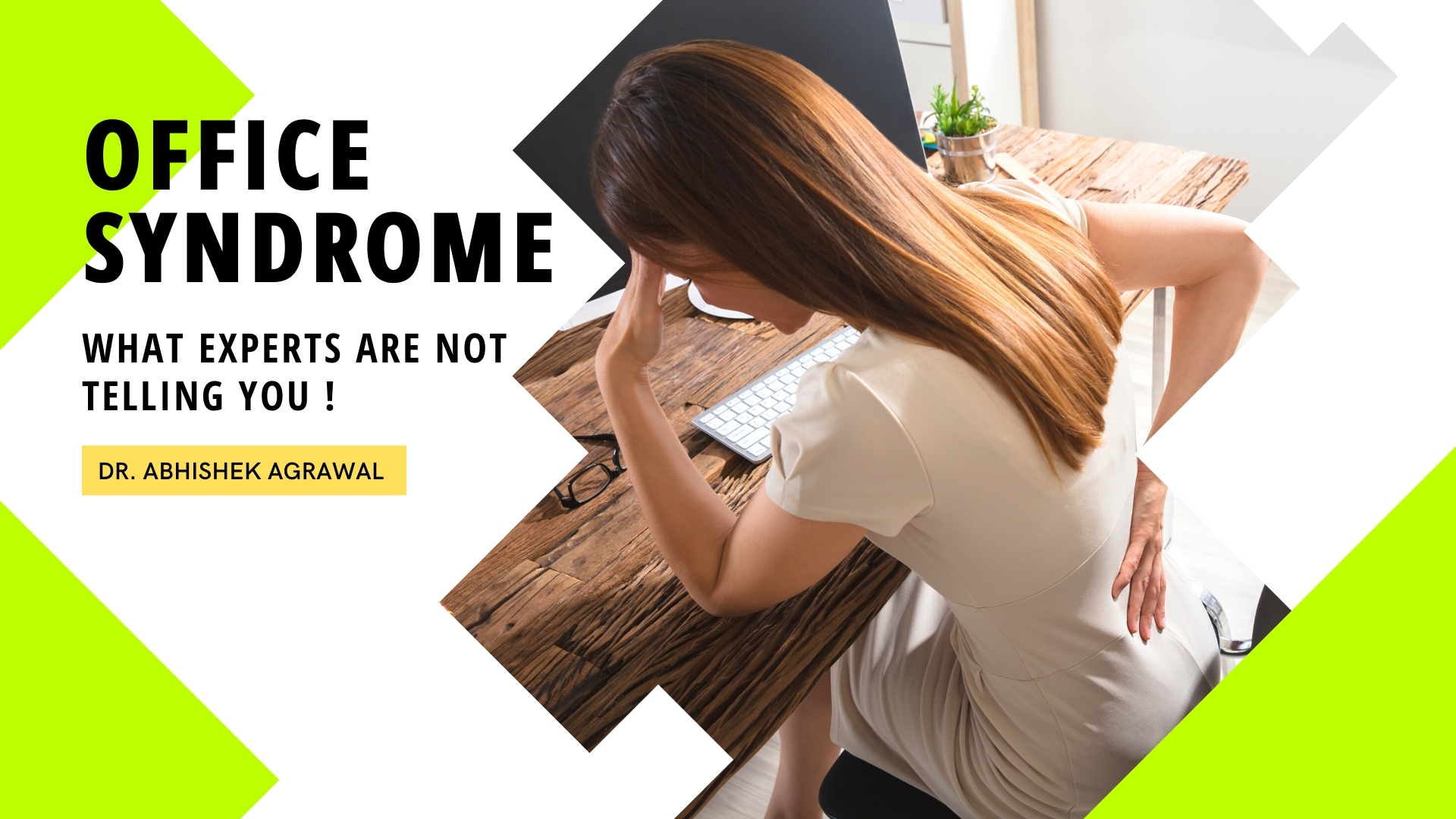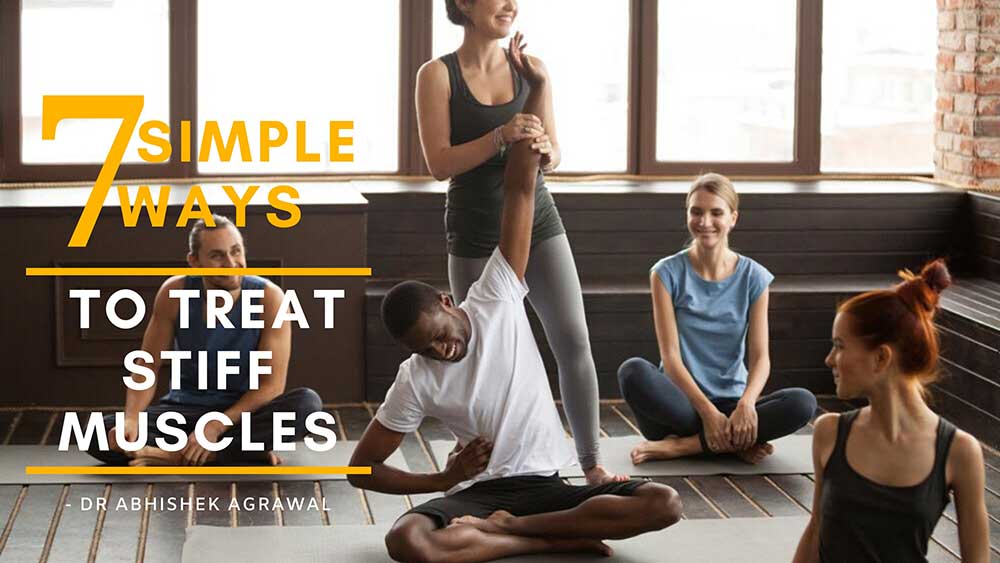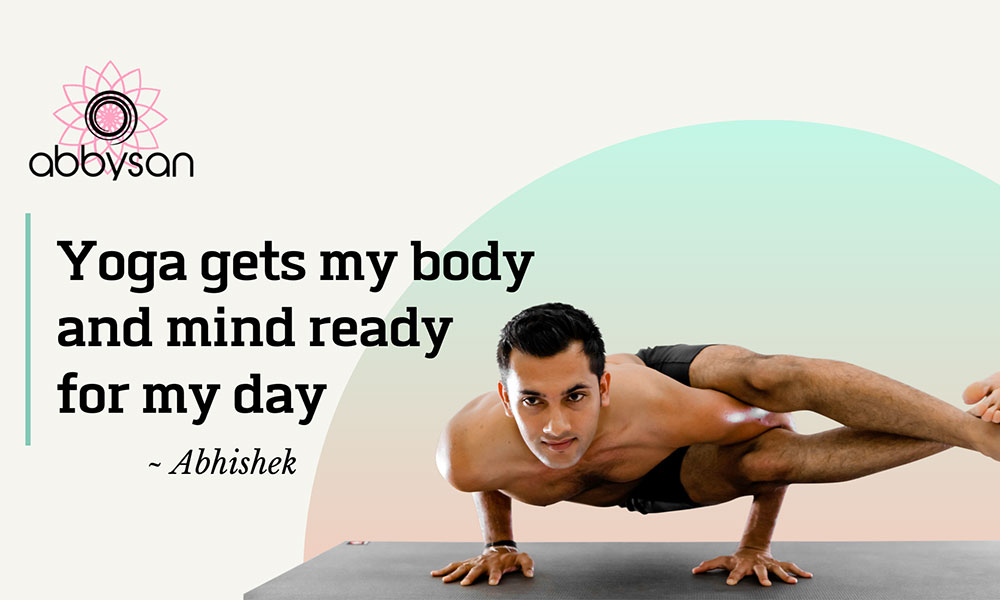With half the celebrities around the world getting their pictures taken leaving Pilates classes, and perhaps your friends and neighbors reducing aches and pains and becoming fit with Pilates, you might be wondering about Pilates lessons for yourself.
What’s Pilates?
“A core workout” is the vaguest answer you will get in just one sentence. Still, surely there is more to it, and only a professional Pilates instructor will be able to give you a better answer.
“Excuse my technical terms in this article, but I can’t help it. I found most individuals rarely make an effort or want to learn more about themselves than they do about others.”
Restructure Your Core
Your Core is your entire body from your diaphragm to your pelvic floor. Pilates can help make your abs stronger or give you better muscular endurance in your Core. Honestly, the focus of a Pilates class is primarily on your inner unit “powerhouse.” That being the central focus of the Pilates programs at Abbysan Centre, it will also serve your back, arms, legs, neck, and feet!
Postural Balance
Technology has created a generation of back and neck pain. Pilates programs are used by everyone from athletes to office workers for their ability to develop strength and correct posture in the critical areas of the body such as hips, lower back, upper back, and neck.
Our Pilates programs will help counteract the effects of slouching and office syndrome. You will learn to release typically overactive regions of your body like the chest, front shoulders, upper back, and hip flexor muscles.
All of this significantly improves dynamic stability – the ability of the body to hold itself in better alignment for longer, maintaining an upright posture, balance, and responsiveness.
Rebuild muscle tone
You might know at least one Celebrities who credit Pilates as the reason for their toned muscles. It makes your arms lean and toned.
Maintaining the underlying tissue quality of Gluteal muscles is your best asset. It helps in maintaining pelvic stability, knee alignment, power in jumps, speed when running, and make your buttock look shapely in tights, of course. Do Pilates for a more extended, leaner muscle system making you stand taller and look slimmer!
Regain Control
Pilates includes balance and standing work. Most of us don’t move our spines in all different directions. A Pilates class will take your spine and neck through a various gentle range of motions (flexion, rotation, extension, and lateral flexion). If you feel tight from sitting or standing all day, these movements will get you loose and limber again.
All movements of Pilates easily be related to compound and dynamic functional movements. This is so beneficial in learning to regain control and re-educate your actions.
Functional movements refer to the actions that we are likely to perform during our daily life.
Equipment or No equipment – It works
All kinds of exercises use Pilates reformer to promote length, strength, flexibility, and balance. The reformer is the key to achieving the long, strong muscles without bulk. The exercises on reformers provide enough resistance and movement variety to help build strong bones.
You don’t need equipment — you can do a Pilates workout on Mat anywhere. Although Pilates can use a full studio, it can also be done just with your bodyweight. If you are committed, we can put together a custom Pilates routine for your holiday hotel rooms. Let us know!
Dancers love it
Pilates is the exercise of dancers. Think of the bodies you see in movies or on the stage — if you want long, lean muscles and ensure the safety of your joints, unlike the dancers; then this is the workout for you.
Best fit for Prenatal or Postnatal
Not only crucial for mums and mums-to-be, but Pilates will also strengthen your pelvic floor, which is a vital muscle for everyone. Your pelvic floor gives you control over your bladder and bowel, but can be weakened by childbirth, obesity and also if you lift a lot of heavyweights.
Athlete and Sport’s Conditioning
Late, Mr. Joseph Pilates initially developed the method as a rehabilitative tool. Joseph Pilates, a German gymnast, born in 1883, who believed that poor posture goes hand-in-hand with poor health and dedicated his life to teaching his exercise techniques. He had a strong belief that having an awareness of breath and alignment of the spine, we could develop the deep spinal and abdominal muscles, and reduce stress.
Elderly are not exceptions
Older people have many risk factors due to aging and lack of exercise. A decrease in balance, gait disabilities, and falls are most common and significantly affects their mobility in day-to-day life.
“Balance” is a very complicated function that maintains positions through diverse functional elements, and intervention of the nervous and musculoskeletal systems. It takes almost 15-18 months for a newborn baby to be able to walk correctly.
Various sensory-motor neuron interacts in response to changes in gravity, the base of support, vision, physical stability, and the external environment, resulting instability of the body. Mat-based Pilates helps elderly male and females improve trunk stability, dynamic balance, and significantly decrease the sway length and sway speed.
Clinical Pilates
* Chronic Low back pain (LBP)
* Chronic Obstructive Pulmonary Diseases (COPD)
* Post Menstrual Syndrome (PMS)
* Multiple sclerosis
* Lymphedema after Breast Cancer Treatment
* Spinal Deformities
Supervised under dedicated instructor
Attending a scheduled class or a private session is the ideal way to start Pilates. Your instructor will be able to design a bespoke pilates program that you can also practice yourself between your sessions in the studio. You are getting the most out of your training, and in time you’ll be amazed by the results.
Our instructors are certified Pilates instructors as well as hold bachelor’s degrees in physiotherapy. We can create bespoke rehab and exercise programs for our clients with injuries or postural issues.
Warning!
- If you have an injury, consider doing a few one-on-one sessions with one of our Pilates specialists first to learn the basics. On a personal level, always remember the rule that if something hurts, don’t do it.
- Attending classes throughout pregnancy also significantly help and speeds up the process of getting your body back in shape after childbirth. Remember, as with any exercise, always check with your doctor first, and remember to tell your trainer that you are pregnant before commencing class.
Abbysan Studio is located at the entrance of boat lagoon in Phuket, offering highly effective body sculpting Pilates workouts.
Based on various studies indicate people who practice Pilates with proper technique over time see the following benefits:
- Improved flexibility and mobility
- Trunk stability
- Core and pelvic floor strength
- Injury prevention
- Improved posture
- Improved coordination and athletic performance in some sports.
Dr. Abhishek Agrawal
As a pilates instructor, I feel rewarded when my clients achieve their goals, be it getting pain-free or having more ease-of-movement.
Visit the following research links for your reference
Pilates: how does it work, and who needs it?
The Effects of Pilates Mat Exercise on the Balance Ability of Elderly Females
Effects of modified Pilates on the variability of inter-joint coordination during walking in the elderly.
Impact of Clinical Pilates Exercises on Patients Developing Lymphedema after Breast Cancer Treatment










